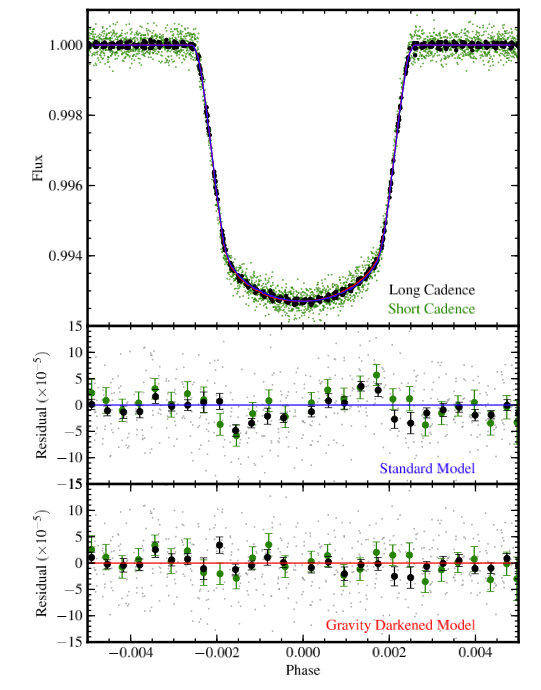| Home | Research | Publications | CV |

Research
Click here to view animations of all planets with spin-orbit angles measured
Giant planets are the architects of planetary systems. The migration of the giant planets, especially Jupiter, helped shape our inner-solar system today, and allowed the right conditions for life to prosper on Earth. The earliest exoplanet discoveries showed that other planetary systems undergo even more extreme versions of planet migration, resulting in gas giant planets in close-in orbits about their host stars – hot Jupiters.
These planets are thought to migrate either via in-disk planet-gas interactions, or via dynamical pathways due to planet-planet or stellar binary perturbations. Each migrational pathway, however, leaves observable tell-tale signatures in the planetary orbits we see today – specifically it determines their present-day orbital obliquity.
Doppler tomography
I am using the novel technique of Doppler tomography to confirm and characterize planet candidates around hot stars.
The spectroscopic transit of KELT-7b is shown below. When the planet transits its host star, it will successively block different parts of the rotating stellar disk, thereby induce a sequential distortion to the rotationally broadened spectral lines of the star. For sufficiently rapidly rotating stars, we can measure this spectroscopic distortion directly via the Doppler tomography technique.

The direction of the shadow tells us the obliquity of the planet's orbit. KELT-7b is spin orbit aligned, while KELT-17b is in a highly misaligned orbit.

Gravity darkening
Distortions to the shape of a transit light curve can also tell us about the orbit of the companion. Using Kepler light curves, we identified that KOI-368.01 exhibited asymmetric transits. Our paper points to KOI-368.01 as an M-dwarf orbiting in a spin-orbit misaligned, long period (110-day), low eccentricity orbit about its gravity darkened A-type host star.
